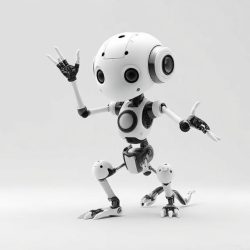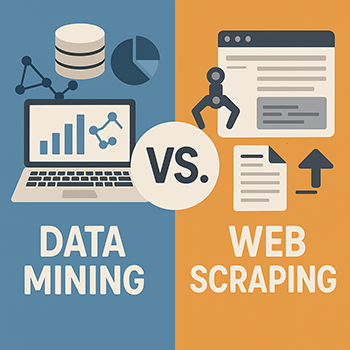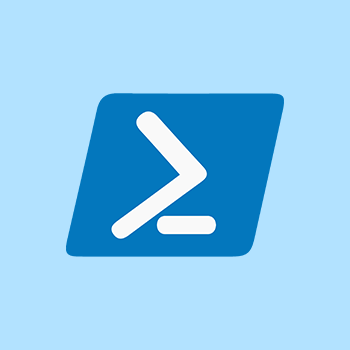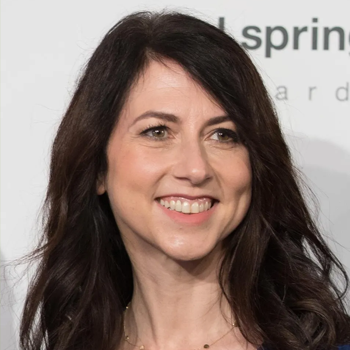Table of Contents
ToggleArtificial intelligence is changing the way we create stories, art, and motion. From static images to full-motion animation, a new era has arrived — Generative AI Animation (GenAI Animation). It’s not just a buzzword; it’s the bridge between creativity and computation, helping artists, designers, and storytellers bring ideas to life faster than ever before.
In this article, we’ll explore how GenAI animation works, what technologies power it, its benefits and drawbacks, and where this rapidly growing field is heading next.
What is GenAI Animation?
GenAI Animation refers to the use of generative artificial intelligence — algorithms capable of creating new content — to produce animated visuals. Unlike traditional animation, where each frame must be drawn or rendered by hand or with software tools, GenAI animation uses machine learning models to generate movement, expressions, and environments automatically.
Think of it as giving your computer a few ideas, styles, or sample images, and watching it turn them into smooth, dynamic animations — all within minutes.
This doesn’t mean human artists are out of the picture. In fact, GenAI tools often act like a creative partner, accelerating tedious parts of the process while leaving room for personal style and storytelling.
How Does GenAI Animation Work?
The technology behind GenAI animation blends several modern AI systems and methods. Here’s a simplified breakdown of how it works:
1. Data and Training
Every AI animation model learns from data — often millions of images, video clips, or motion samples. This training allows it to recognize patterns like body movements, lighting, and physics.
Some modern AI tools even let you train them with your own images or artwork, creating a personalized style. For instance, you can feed it sample frames, character designs, or poses, and it will generate new animations in that same style.
2. Text-to-Animation Models
With these systems, you can type a simple prompt such as:
“A cartoon character dancing in the rain with neon lights in the background.”
Within seconds, the model generates a complete motion sequence, often using advanced neural networks that interpret both the content and emotion of your text.
3. AI Image Generators and Frame Interpolation
AI image generators, like those that turn text into still art, are combined with frame interpolation models that predict what comes next between frames — producing smooth motion.
This approach makes animation much faster and more efficient than traditional frame-by-frame drawing.
4. Deepfake and Facial Animation
While often controversial, Deepfake technology also plays a major role in GenAI animation. It uses neural networks to replace or animate faces, making characters appear lifelike. In filmmaking and gaming, this is used ethically to create digital doubles or to restore historic footage — not to mislead viewers.
5. Real-Time Rendering
Modern GenAI animation tools can now render in real time, meaning the results appear instantly. This allows creators to tweak style, colors, and expressions while the animation plays, saving huge amounts of production time.
Popular GenAI Animation Tools and Platforms
Here are some of the most recognized AI animation tools shaping the creative industry:
- Runway ML: Offers text-to-video and animation capabilities that make AI video creation accessible to anyone.
- Pika Labs: A GenAI video platform that converts text or images into short animations.
- Kaiber AI: Allows users to turn static artwork into moving visuals with customizable camera movements.
- Synthesia: Uses AI avatars and voice models to create professional explainer videos without a camera crew.
- DeepMotion: Specializes in motion capture powered by AI, where users can animate characters using only video input.
Each of these tools combines machine learning with user-friendly interfaces, helping both beginners and professionals create quality animations with minimal effort.
Applications of GenAI Animation
The use of AI-generated animation is expanding rapidly across industries. Here are a few areas where it’s making a big difference:
1. Entertainment and Film
Studios use GenAI to visualize ideas quickly, experiment with different storyboards, and reduce production costs. It’s also used for crowd scenes, background animation, and even digital doubles.
2. Marketing and Advertising
Brands are now creating fast, visually stunning ad campaigns using AI animation tools. With just a few text prompts, marketers can generate product explainer videos, logo animations, and motion graphics in their brand style.
3. Education and Training
Teachers and trainers use AI-generated animations to explain complex concepts. For example, biology lessons can include animated cells or human anatomy created instantly through AI visuals.
4. Gaming
Developers use GenAI to create character animations, facial expressions, and environments faster than traditional 3D modeling allows.
5. Social Media and Content Creation
Creators use AI tools to make engaging visual stories, dynamic intros, and motion-enhanced posts — without needing deep animation skills.
The Benefits of GenAI Animation
Like any emerging technology, GenAI animation comes with its own set of strengths and challenges. Let’s explore the pros and cons clearly.
✅ Pros
- Speed and Efficiency: AI dramatically reduces production time. What once took days can now be done in hours.
- Accessibility: Anyone, even non-designers, can create animations with natural prompts.
- Cost-Effective: It eliminates the need for large animation teams for smaller projects.
- Creativity Boost: Artists can explore new ideas quickly and experiment with visual styles.
- Personalization: With models that allow users to train on their own data, creators can maintain their signature look or branding.
- Innovation in Storytelling: AI helps visualize abstract concepts or create impossible camera angles with ease.
❌ Cons
- Lack of Human Emotion: AI sometimes struggles to capture the emotional nuance or storytelling depth that human animators bring.
- Ethical Concerns: Deepfake misuse and copyright issues can arise if the technology isn’t handled responsibly.
- Quality Control: Not all AI animations look professional — some outputs still appear robotic or imperfect.
- Job Displacement Fears: As AI becomes more capable, traditional artists worry about losing creative roles.
- Dependence on Data: The quality of AI animation depends on how diverse and well-curated its training data is.
Ethics and Responsibility in GenAI Animation
As GenAI animation grows, so does the responsibility to use it ethically. Misuse of deepfake tools, for example, can harm reputations or spread misinformation. Developers and artists must ensure they’re transparent about AI usage and obtain consent when using real human likenesses.
Additionally, copyright ownership can get blurry when animations are generated using existing artwork. Always ensure you have the rights to any image or video you feed into an AI system.
The Future of GenAI Animation
The next phase of GenAI animation will likely merge interactivity, real-time rendering, and personalized storytelling. Imagine a future where users can speak to an AI model that instantly animates their ideas — or where games and films generate scenes dynamically based on audience reactions.
AI will not replace human creativity; it will amplify it. Artists will continue to set the emotional and visual direction, while AI will handle the heavy lifting of rendering, motion, and effects.
We may also see better regulation, watermarking, and verification tools to ensure AI-generated animations are used safely and ethically.
Frequently Asked Questions (FAQ)
1. What exactly is GenAI animation?
GenAI animation uses artificial intelligence to automatically generate motion graphics, videos, and animated scenes based on text, images, or data input. It’s faster and more flexible than traditional animation techniques.
2. Can I train an AI animation model with my own artwork?
Yes, many AI platforms let you upload your own images or character designs. The AI then learns your unique style to create personalized animations.
3. Is GenAI animation replacing human animators?
Not entirely. It’s more of a creative assistant than a replacement. Human artists are still needed to refine, guide, and direct the storytelling aspect.
4. Are there free AI tools for animation?
Yes. Platforms like Pika Labs, Runway ML, and Kaiber AI offer free or trial versions that let you experiment with AI-generated animations before upgrading to premium plans.
5. What are the risks of using GenAI animation?
Main concerns include copyright issues, deepfake misuse, and potential data bias. Always use AI ethically and review outputs carefully before publishing.
6. How will GenAI impact the animation industry in the future?
It will likely democratize animation, allowing anyone to produce visual stories. Studios may use AI to handle repetitive tasks, freeing artists to focus on storytelling and creativity.
Conclusion
GenAI Animation represents one of the most exciting revolutions in digital creativity. It combines the power of deep learning with the imagination of human artists, opening new doors for storytelling, design, and visual communication.
While challenges like ethics, authenticity, and originality remain, one thing is clear: AI-generated animation isn’t here to replace humans — it’s here to empower them.
From text prompts to lifelike motion, the future of animation is faster, smarter, and more expressive than ever. And with every new breakthrough, creators are discovering that the real magic happens when human vision meets artificial intelligence.




